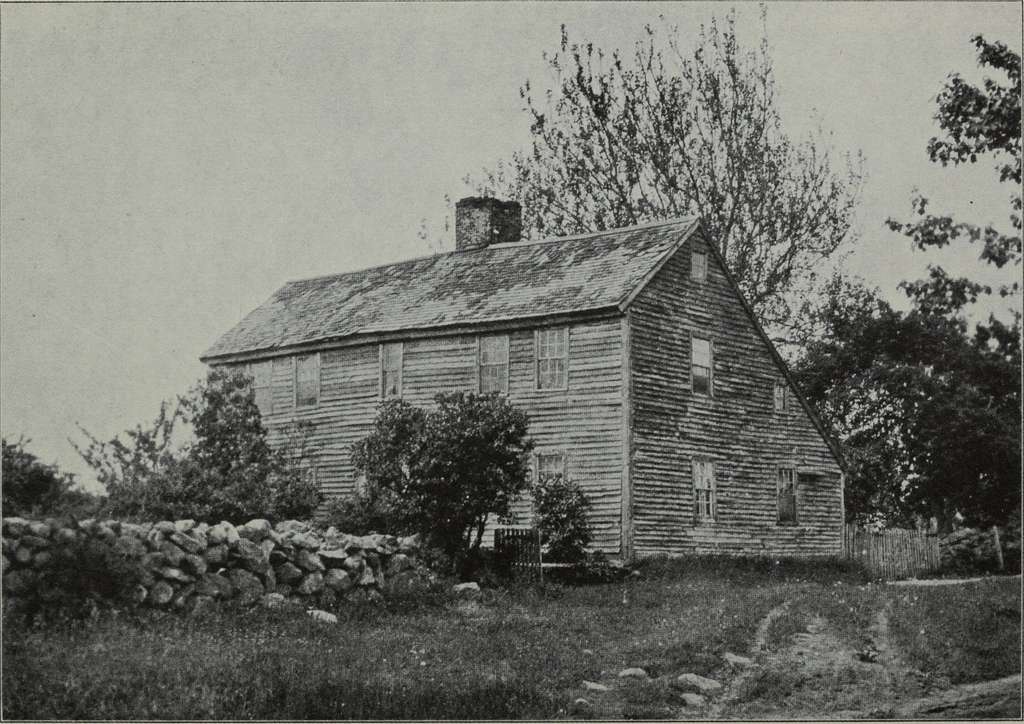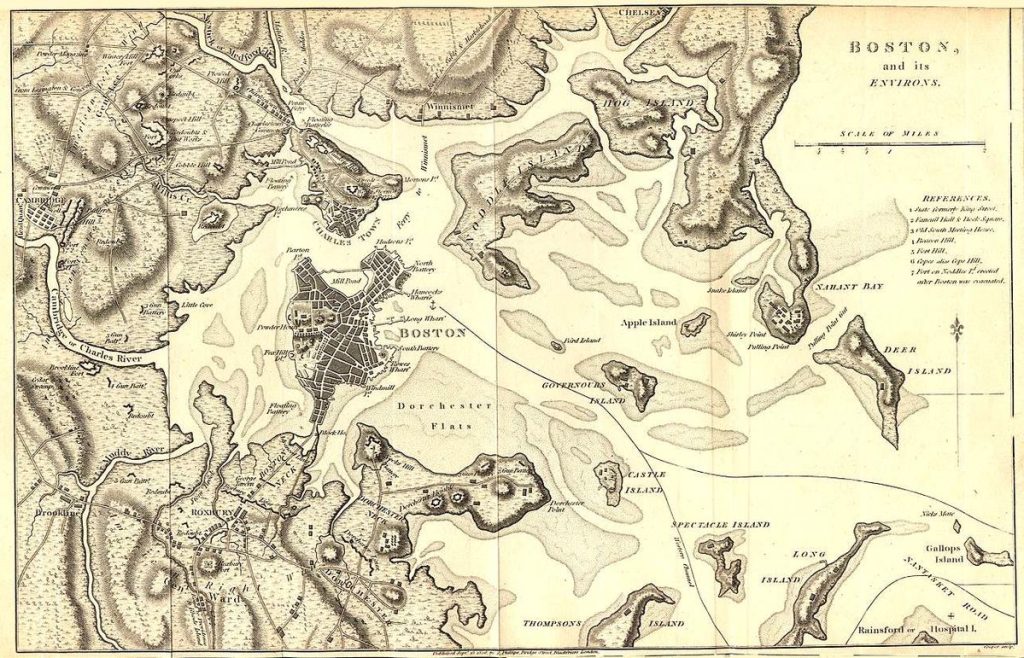Contents
Contents
The New England colonies’ geography restricted the types of crops that farmers could plant, and often made early settlement difficult, due to extremely harsh winters.
However, the geography also opened up significant economic opportunities for the colonists, in areas such as lumber and fishing.
Terrain
New England’s inland terrain was rugged and hilly, with rolling hills that became more mountainous toward the north.
Part of the Appalachian Mountain range extended into New England, adding to the uneven nature of the terrain.
While the northern parts of New England were more mountainous, southern areas featured broad river valleys such as the Connecticut River Valley, which provided slightly better farmland for the settlers to use.
There were also coastal plains near the Atlantic Ocean, which made places such as southeastern Massachusetts, Connecticut, and Rhode Island more conducive to settlement.
Inland, the geography was heavily forested. The New England economy relied heavily on timber exports, and craftsmen also used the wood to build finished products, such as ships, oars, and barrels.
Soil and agriculture
The New England colonies had very rocky soil, which was not very fertile due to glacial activity that had stripped the land of nutrients.
As a result, large-scale farming of cash crops was not common in New England, like it was in plantation colonies such as South Carolina.
Instead, subsistence farming was used, whereby farmers would grow small quantities of crops, often just for their own needs. Although, livestock was raised, and corn, beans, and squash were also grown.
Because New England’s soil was so rocky, farmers would often clear the ground of these stones before planting their crops, which is why states like Rhode Island and Massachusetts are littered with stone walls in rural areas.
Ocean
New England enjoyed easy access to the Atlantic Ocean, meaning that port cities such as Boston, Newport, New Haven, and Portsmouth became key economic hubs for the colonists.
The economy relied heavily on fishing and shipbuilding, and whaling was also common. New England would then trade these goods with merchants in locations such as England or the West Indies, through one of the colonies’ port cities.
Climate
New England had long, cold winters with heavy snowfall. For the initial settlers in the first colonies like Massachusetts Bay and New Hampshire, surviving the winter was often the biggest obstacle to the long-term survival of the settlement.
The harshness of the winters made survival difficult, but reduced the spread of diseases like malaria, which plagued the southern colonies.
On the other hand, summers were short and mild, with a growing season of only a few months, further limiting the types of crops that could be cultivated in New England.
Waterways
The Connecticut River, Merrimack River, and Charles River were vital waterways. While not navigable deep inland like rivers in the South, they provided waterpower for industrial uses, such as powering sawmills, gristmills (for grain), and eventually textile mills, supporting early industrialization.
Although the rivers were less useful for transport compared to southern colonies, they facilitated trade and access to different regions in the colonies.





